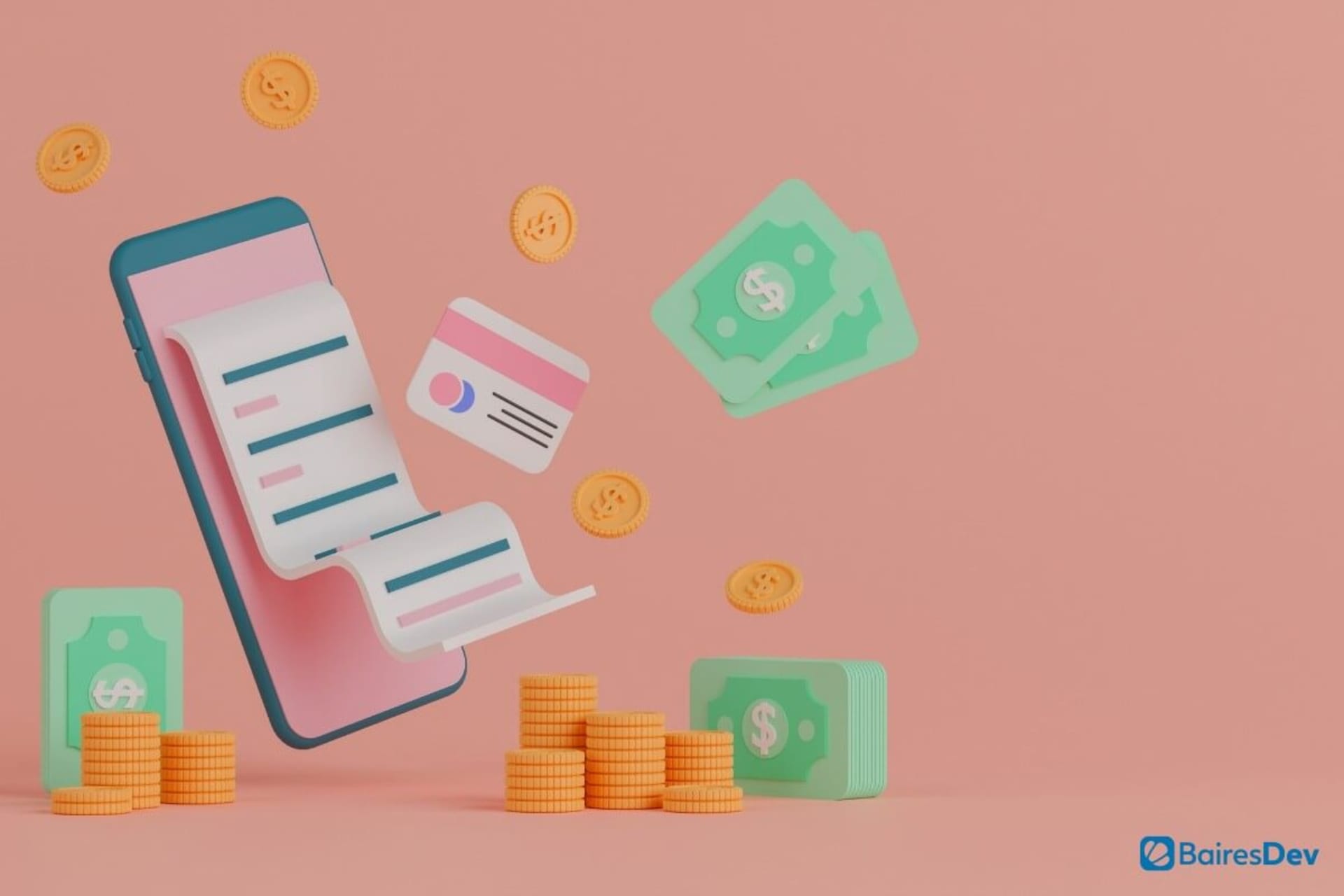Each generation of wireless technology has enabled new devices to flourish. The first generation of mobile networks gave rise to widespread mobile phone use. Networks based on 2G technology enabled the use of text, picture, and multimedia messages, while 3G added video conferencing, video streaming, and Voice over IP (VoIP) capabilities. The 4th generation (4G) paved the way for gaming services and high definition (HD) videos.
Widespread use of 5G is becoming more common throughout the U.S. and the world, and will provide a foundation for a proliferation of the Internet of Things (IoT). IoT is the collection of connected devices that is growing exponentially and will do so even more in the coming years.
Now that 5G is becoming more commonly available, it’s time to start thinking about what it can do for your business. In the sections below, we examine what a boom in IoT means across industries. But, first, let’s take a closer look at exactly how 5G will support the IoT.
5G Is Perfect for IoT
Networks propelled by 5G will significantly improve the performance and reliability of IoT devices. Here’s how:
Faster data transfer. The more quickly IoT devices can communicate with other devices, the more useful they can be. Within networks running on 5G, data transfer speeds will increase significantly. That means IoT devices will be able to operate much more efficiently.
Lower latency. Latency is the delay between sending and receiving information. The lower the latency rate, the more effectively software can send information to and from IoT devices. Networks running on 5G feature latency rates considerably lower than those running on 4G.
Increased device capacity. Networks running on 5G have the bandwidth to support more IoT devices, a capability that arrives just in time, given the enormous growth of IoT that is expected to continue in the coming years.
Improved network reliability. Networks running on 5G will operate more reliably, creating more stable connections. This stability is especially important for IoT devices that provide protection and safety, such as connected locks, security cameras, and healthcare appliances.
Stronger security. One drawback of the proliferation of IoT devices is that each new device represents a new attack vector for hackers to take advantage of. That’s why manufacturers are ramping up the security of devices meant to be used with 5G.
Logistics
The shipping industry is using IoT technology to monitor freight and develop self-driving vehicles. Operators can know where a shipment is at any time, making the delivery process more efficient and predictable. Additionally, self-driving vehicles can drive straight through on highways without needing to stop for long periods as human-driven vehicles do.
Agriculture
Smart agriculture, powered by the IoT, can help farmers in many ways. Sensors can be set up among crops to monitor things like plant health and the need for water and nutrients. Agricultural drones can be set up with sensors and cameras to provide images to help farmers view crop conditions, as well as perform simple functions like planting, spraying, and controlling pests.
Similarly, sensors can be set up within livestock areas to provide information and perform various tasks. These methods collectively are known as precision farming, something that is becoming more important as the world’s population grows.
Manufacturing
Manufacturing is one of the industries that are benefiting the most from the IoT. Companies in this space can use IoT technology to optimize systems, reduce costs, and improve their customer experience. For one thing, IoT technology can be used to monitor processes and provide data that can be analyzed to improve them for greater efficiency.
Manufacturers also use IoT devices to monitor equipment, get important information, and analyze that data to know the best times to perform maintenance tasks or replace equipment. Using this proactive approach saves time and money. They can do the same with the products they sell to customers by using data received from those products to learn use patterns and adjust accordingly.
Healthcare
The healthcare field uses IoT devices for a range of applications. As in manufacturing, the equipment can be monitored to ensure it is maintained properly. Patient devices such as wearables can send information to their healthcare providers or caregivers in real time. And monitoring devices can be used to generate more accurate diagnoses. Rural areas benefit greatly from IoT technology in healthcare because healthcare procedures, even surgeries, can be performed remotely.
Power Delivery
Electric power utilities are building a new smart grid to account for the changing nature of power generation. Now that customers are able to contribute to the grid, it’s a two-way interaction that can benefit from IoT technology. For example, IoT devices can determine when the power load (demand) becomes so high that more power is needed from distributed energy resources (such as residential solar panels). The devices can also be used to monitor power usage by customers, provide information about equipment health, and offer safety oversight.
Retail
By connecting to customers’ phones, IoT sensors can be used in a retail environment to determine where they are spending most time and provide a more personalized shopping experience. For example, a salesperson can approach them with items already picked out that they might be interested in. Aggregated data from all shoppers can provide a big-picture view of what items or categories they are most interested in. Retailers can also use IoT technology for inventory management and checkout processes.
The Coming IoT Explosion
The IoT uses mentioned here are just the tip of the iceberg in terms of what we can expect in the coming years. This evolution will only be made possible by 5G technology, which provides the backbone to all things in the IoT and ensures that the interconnected revolution has strong foundations to thrive upon.
If you enjoyed this, be sure to check out our other IoT articles.







